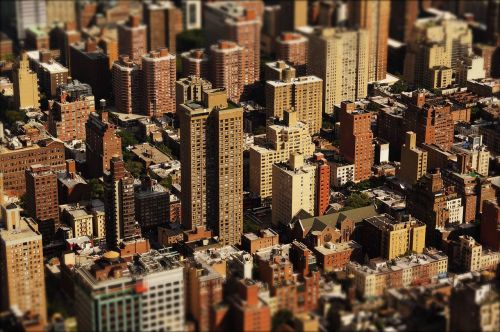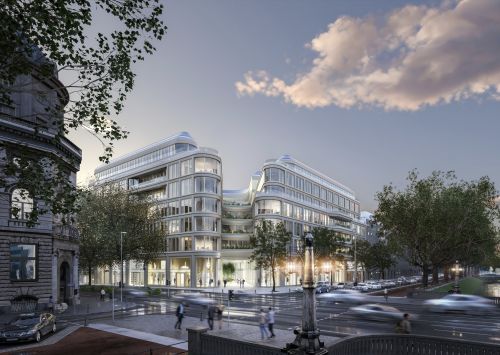Lighting as a service
Property management
The customer only has to pay a fixed monthly fee for the use of lighting services, while the owner, manager and service provider remains Philips Lighting. “Such a comprehensive lighting modernisation project is divided into several stages: beginning with a field inspection and audit, to the development of a concept for the new lighting system, the implementation stage, and finally the maintenance of the system in line with pre-defined parameters. The client stipulates precisely what the lighting’s final effect should be and then doesn’t need to worry about anything else. They pay for a specific result. As the supplier we have full responsibility over the entire life cycle of the project,” explains Maciej Jeziorski, the industrial business leader at Philips Lighting Poland.
The obvious question that springs to mind is: but who can afford this? It turns out that quite a large number of clients can. Such an investment does not involve any initial costs or other financial contributions, while the monthly fee does not usually exceed the savings the client receives from reduced electricity bills. For example, after replacing the soda lamps that are popular in the industrial sector with LED lighting, the electricity consumption usually decreases by around 60 pct. With the use of lighting automation it can fall by an additional 30 pct. The fee for the serice does not include the electricity bills themselves – these are paid by the client.
Shining out at LAAS
“Contracts involving the Lighting As A Service [LAAS] model are drawn up based on cyclical measurements and after certain parameters, such as energy consumption and the brightness levels are checked,” explains Maciej Jeziorski.
LAAS can be used in almost any kind of property, but the main types of client are the owners of industrial, warehouse and office facilities, along with local authorities, who use the service for upgrading street lighting. You can also opt for LAAS at the design stage for new properties.
“LAAS allows companies to use their funds more freely, and answers possible investment budget limitations while also eliminating unforeseen costs. If malfunctions occur or there is a failure to install the lighting as stipulated in the contract, the supplier is obliged to restore the required service in the shortest possible time. The recipient does not need to worry about the assembly, maintenance or recycling of the fittings,” claims Maciej Jeziorski. ”As well as the measurable financial costs, modern lighting systems also give clients the opportunity to improve the security and comfort of their workplaces. By installing LEDs and automated lighting systems we can enhance employees’ efficiency as well as restrict the number of accidents in industrial areas,” adds the Philips Lighting representative.
One example of this approach is at Schiphol Airport in Amsterdam, where Cofely and Philips Lighting have upgraded the lighting in the passenger terminal buildings. Schiphol now only pays for the lighting service, while Philips remains the owner of all the installations. By switching to LEDs, electricity consumption has been reduced by 50 pct, while the specially designed light fittings additionally bring the costs of maintenance and recycling down. The new lighting also provides passengers with greater comfort and even increases the capacity of the airport. In Poland, Philips Lighting has sold this service to its first client here, a company from the industrial sector, whose identity could not be revealed due to a confidentiality clause. “The LAAS service fits the sharing or circular economy concept, which is becoming increasingly popular as people embrace a ‘do not buy – use’ philosophy. Lighting as a service also fits the Industry 4.0 concept to improve supply management and provide more detailed production planning in order to reduce operating costs and improve efficiency,” claims Maciej Jeziorski.






















































